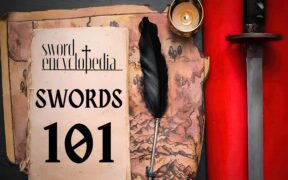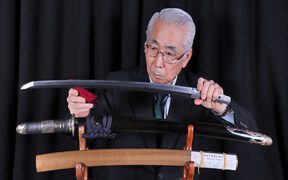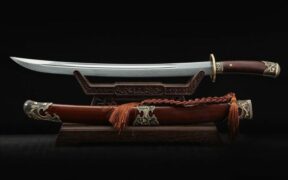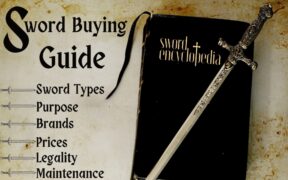Can You Own a Sword in Japan? – Guide & Rules
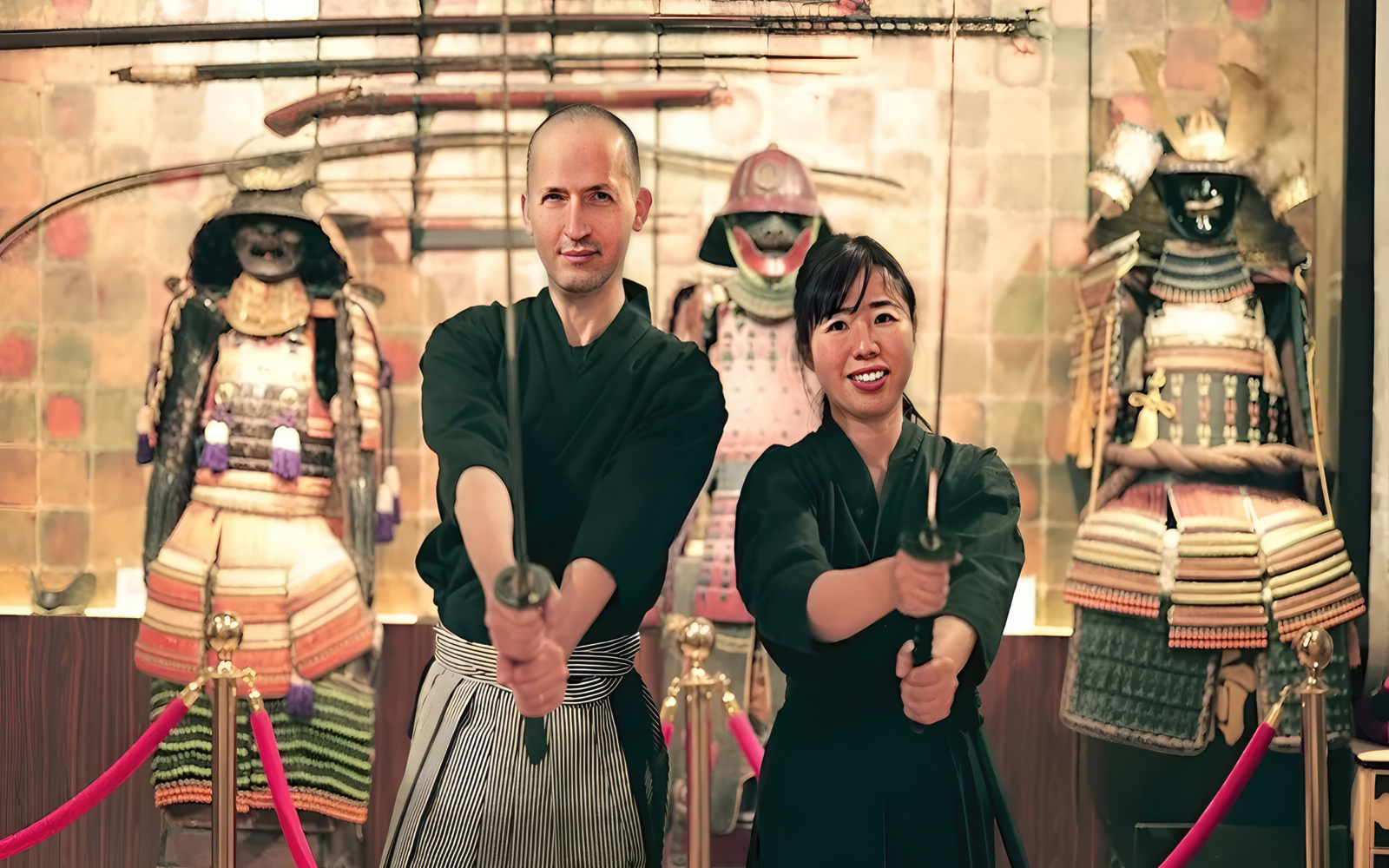
Owning a sword in Japan may seem complex, but it is fairly straightforward. Some rules must be followed. This article will discuss these rules.
Sword Ownership in Japan
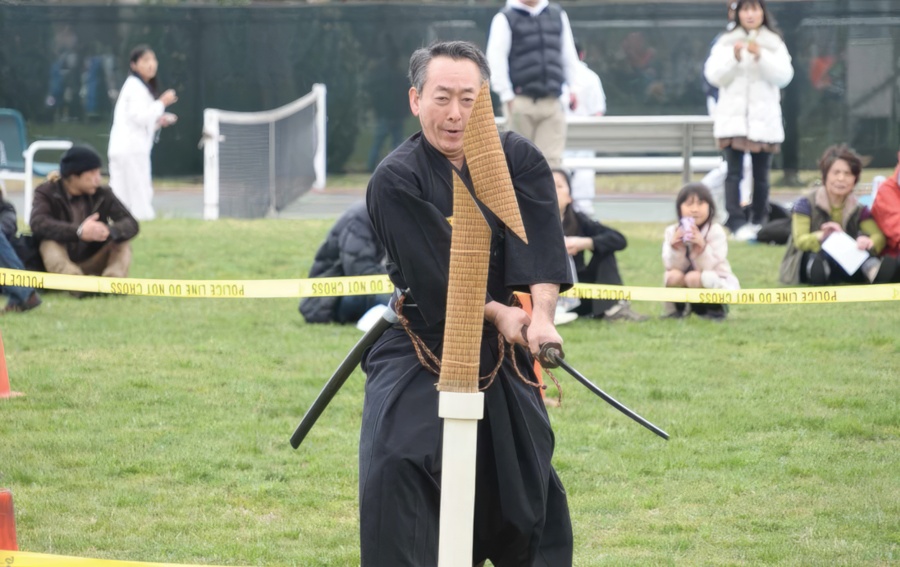
Owning a sword in Japan is entirely legal, and there are about 2.5 million currently registered in the country.
Japanese swords are divided into two main groups.
Nihonto
- Authentic Japanese swords
- Made of high-carbon steel
- Sharpened
- Used for cutting (tameshigiri)
Iaito and Mozoto
- Imitation swords
- Made from zinc alloy
- Not sharpened
- Used for safe martial arts training like laido or kendo
This grouping applies to all swords, whether antiques or newly made (shinsakuto). This includes large swords (tachi, katana, uchigatana) and small swords (tanto, wakizashi).
Criteria for Owning a Sword in Japan
Criteria for owning a sword in Japan must be per the Ju-tō-hō 銃刀法 – Japanese Firearms and Sword Laws, which were made after World War II. These laws apply to real swords (nihonto) and blades over 5.9 inches (15 cm) long.
Swords in Japan are seen as art or cultural items, not weapons.
If the criteria for owning a sword are not met and the authorities are not notified, it can be confiscated.
1. Registration and Certificate
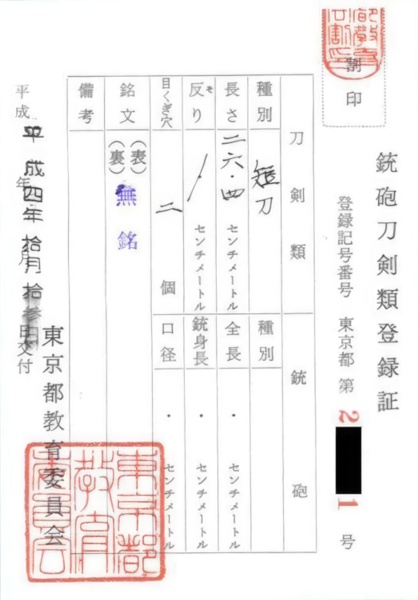
Each nihonto-bought sword must come with a Juho-token-ruitorokusho (銃砲刀剣類登録証) or Torokusho (登録証). This paper proves your blade is registered, and it must always be carried with the sword.
Torokusho is not about the sword’s authenticity. It is a legal permit tied to the owner’s name. Transferring sword ownership requires informing the Prefectural Education Board within 20 days.
The Torokusho should include the sword’s serial number, blade length, curvature, and the mei (signatures marked on the tang). This registration is obtained when purchasing the sword, but only the sword is registered, not the owner.
2. Tamahagane Steel
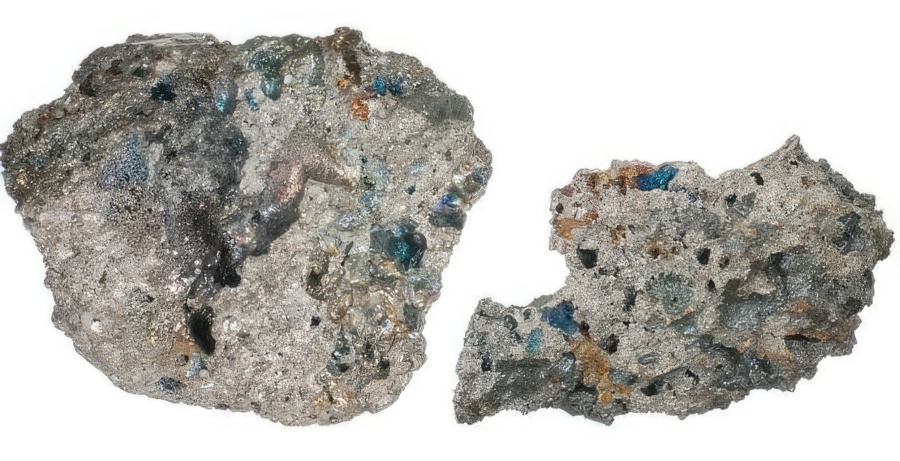
Swords used for training or artistic purposes in Japan must be made from tamahagane steel. This high-carbon steel has been used for roughly 1000 years and was often used to make samurai swords.
The sword begins as iron sand (satetsu) and is turned into steel for forging. Both the sand and the tamahagane steel must come from Japan.
3. Traditional Craftsmanship
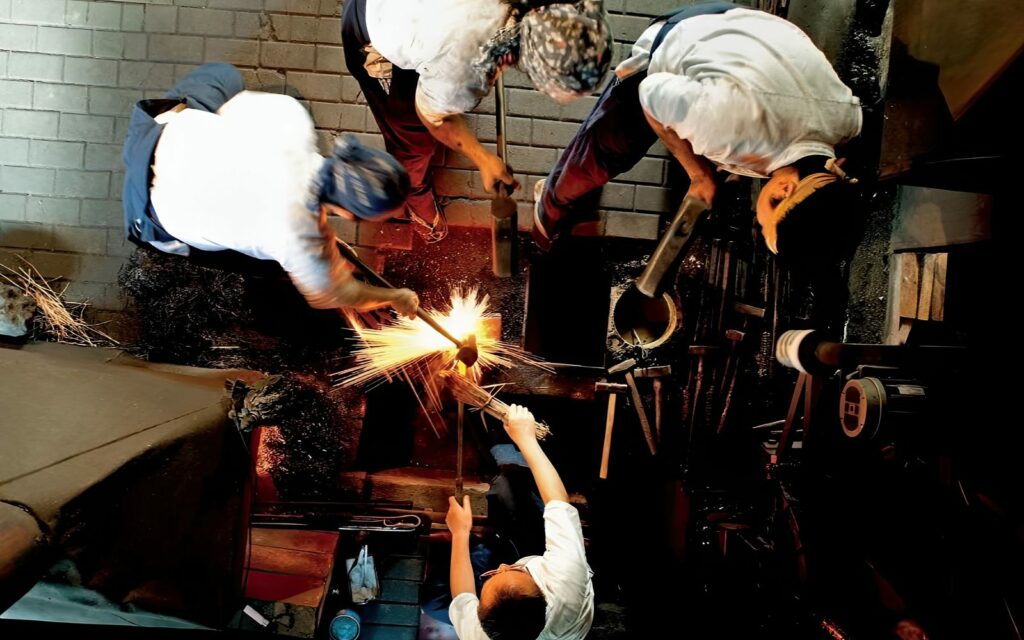
The tamahagane steel must be folded. Hardening and quenching are key steps in this tradition. The blade shape must be of a traditional shape known as zukuri. The patterns, or jigane, are also an important part of making the sword.
The quenching lines (hamon) are seen as art using methods like clay-tempering.
The sword should also have traditional features in the blade and fittings (koshirae). It should represent the style of a sword school or ryuha. This craftsmanship is what makes the sword art and not an illegal weapon.
4. Licensed Swordsmith
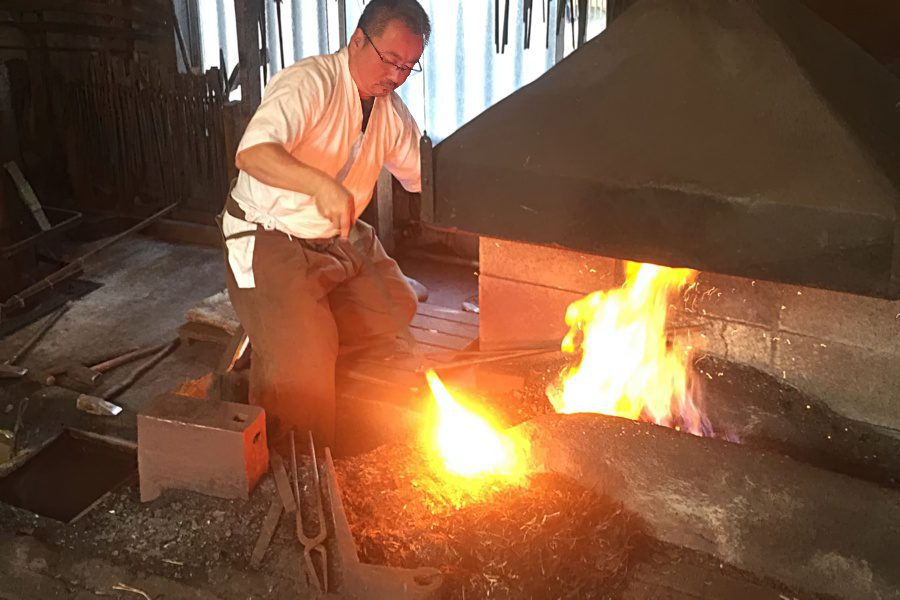
Only traditionally made nihonto can be registered and must be made by licensed swordsmiths. Becoming a licensed swordsmith requires five years of training and exams. They must show their skill by crafting a sword like the katana. Successful swordsmiths are certified by the Bunka-Cho Cultural Agency (文化庁).
Each nihonto passes through multiple hands during the crafting process, with each artisan adding their expertise.
This includes blade making and polishing, creating the tsuba (handguard), and making the habaki (collar). It also includes wrapping and shaping the tsuka (handle), crafting the saya (scabbard), and applying lacquer.
5. Qualified Sword Shop
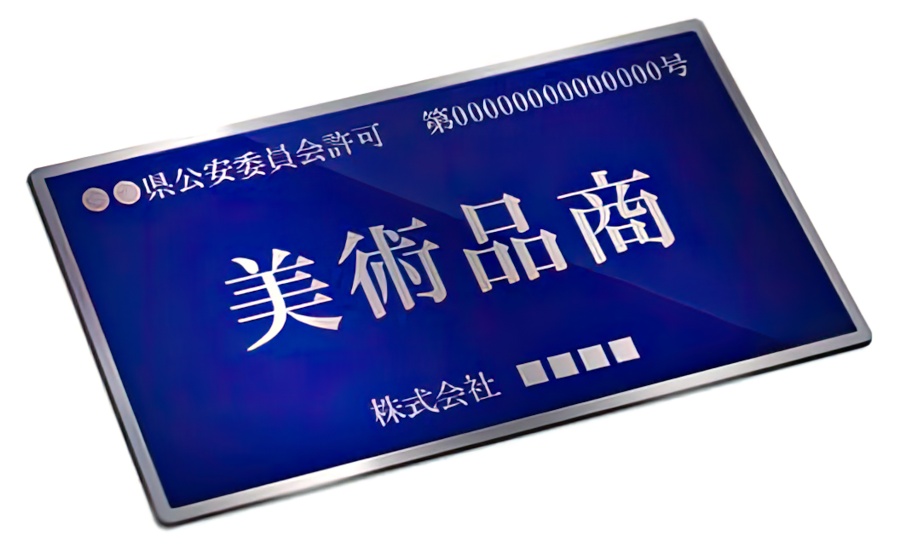
Authentic nihonto blades are usually sold in qualified sword shops or antique stores. These stores must follow the Japanese sword laws and have a special license from the government (kobutsusho).
These stores often have appraisers and must meet certain criteria to join the National Sword Dealer Cooperative Association. This confirms that their swords are authentic and legal. It also protects the buyer by ensuring the swords weren’t stolen or sold illegally.
The unsharpened zinc replica swords (laito) are easier to buy and available in many places, even near temples. They do not require any special legal supervision or care.
Owning an Imported Japanese Nihonto
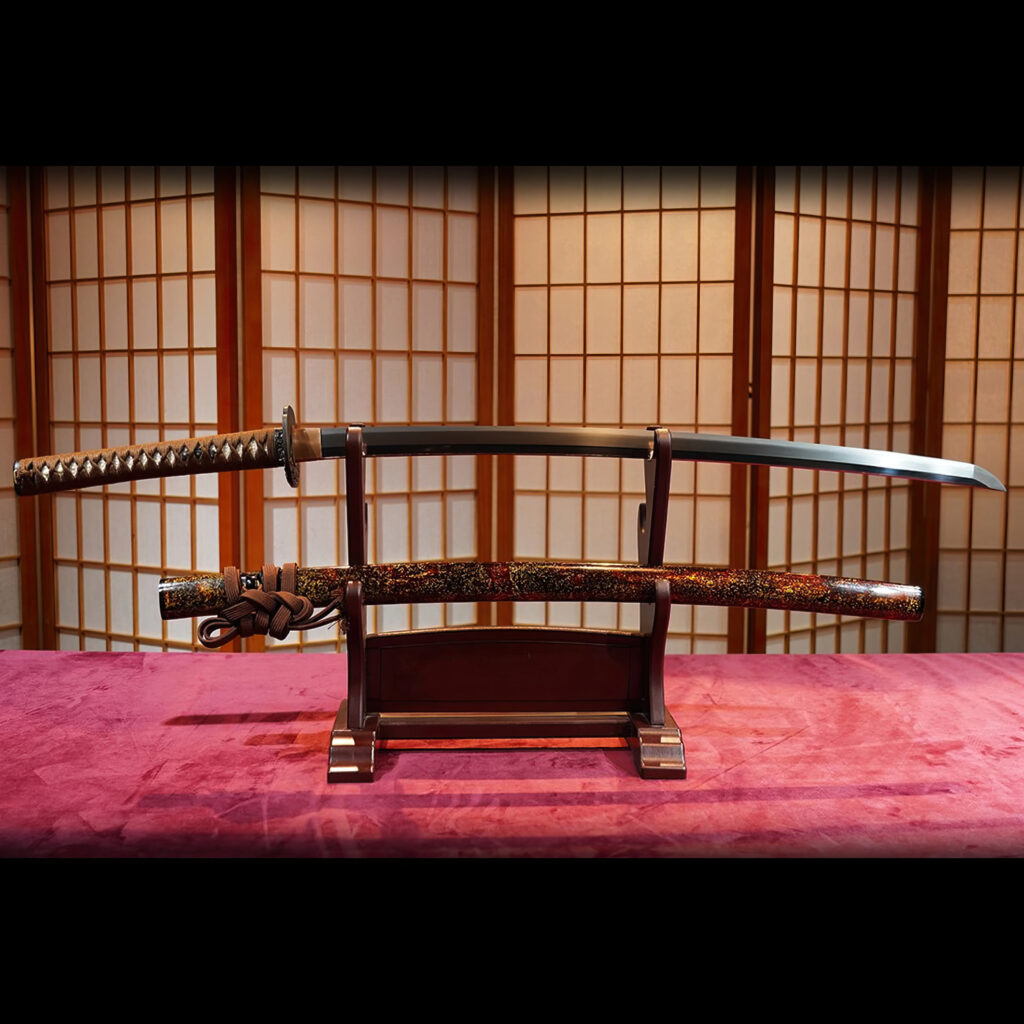
You will need a permit to bring a sword into Japan, and the sword must be declared by customs officials. The swords will be inspected, and you will be given a temporary import permit.
Once you have this permit, you must contact the local education board and be guided to special locations such as the Tokyo Metropolitan Government Office in Shinjuku.
After some time, qualified experts (shinsa) will check and register your new sword (torokusho).
Can You Own a Foreign Sword in Japan?
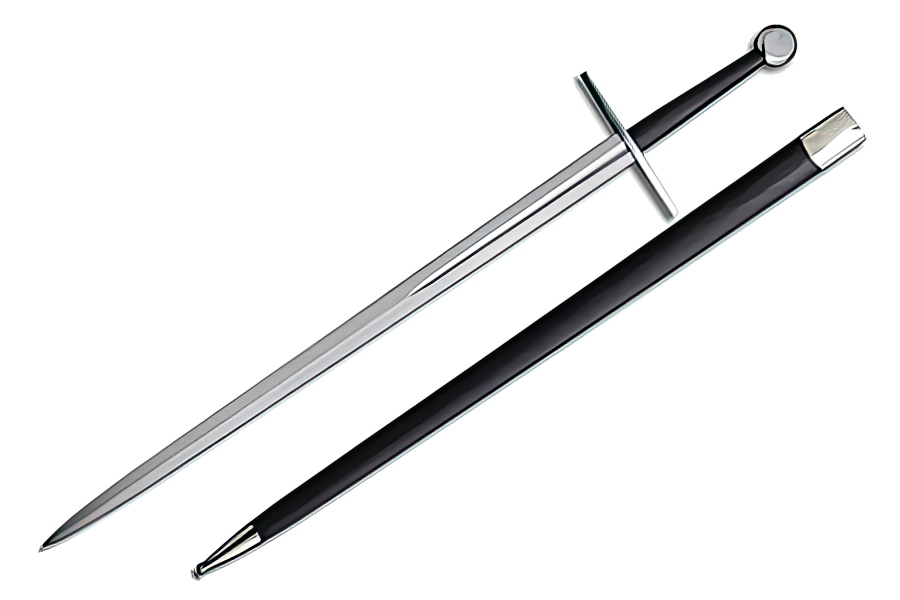
Swords in Japan are considered art and not for self-defense. Only traditional Japanese blades are allowed to protect tradition and culture.
No foreign-made swords are allowed, including steel swords that are sharpened and unsharpened. You can order Japanese swords from outside the country, but those made without tamahagane steel are illegal. They can be confiscated or destroyed.
